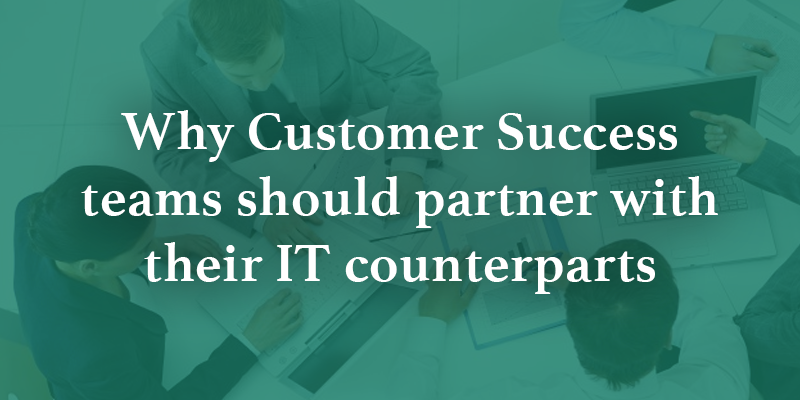Business, as with much of life, moves like a pendulum—from one extreme to the other.
I remember the 1990s and early 2000s with the emergence of large corporate IT organizations. Nothing got done without IT being involved. CIOs were on the fast track to becoming some of the most important leaders in the company.
Then in the last five years, things feel like they reversed all of a sudden. With the “consumerization” of IT, technologies can now be purchased by line of business leaders—or even individual employees. I read many a quote from CEOs questioning whether they needed an IT department whatsoever. In fact, books were even written about the “End of IT.”
More recently, I’m seeing a new emerging trend. Companies—big and small—are suffering from technology indigestion. With SaaS and cloud, applications are so easy to buy that companies now own a ridiculous number of products.
One friend who was CIO of an at-the-time 400 person company said his business had purchased 100 separate SaaS apps. Another CIO more recently told me his 700 employee firm had hundreds of cloud-based products.
Both were brought in to rationalize the mess because:
- Multiple products were purchased to do the same thing
- The technologies didn’t work with each other
- Much of the vendor functionality wasn’t being utilized
- Some of the services were over-purchased and over-provisioned
- No one was sure of the security standards for each
This isn’t a one-way street. Some IT departments have earned reputations as “progress-blockers.” This leads cloud application providers to circumvent IT because they may understand technology but not the core business. Instead of taking it personally, IT professionals should examine why the business does not view them as trusted advisors.
I see this situation from two vantage points:
- As a CEO of a growing company suffering many of the above challenges. Needless to say, I went from thinking “we’ll never need IT” to staffing up recently.
- As the CEO of a vendor selling a platform into this new world.
Early on, our application was sold like the ones above—to “line of business” (in this case the Customer Success team) and was often purchased without heavy IT involvement.
But our business has evolved a great deal:
- Customers now view Customer Success platforms as technology to be rolled out across the entire company—CSM, Sales, Services, Support, Product, Marketing, Finance, etc.
- Customers realize that CSM platforms depend on data—the more data, the more value.
- Customers woke up to the fact that CSM platforms often house some of the most sensitive data in the business—data about clients.
As such, I’m seeing more and more companies looking at the CSM platform decision as an “enterprise” decision. And being an enterprise decision, they’re involving their IT counterparts to:
- Plan the roadmap of data integrations into the platform and assess
- How data will get out of the source systems
- How data will be mapped across source (e.g., by a common client ID)
- How data inconsistencies will be resolved
- What type of “ETL” (data processing) is required to push the data into the CSM platform
- How the plumbing of the above works in terms of scheduling, logging, validation, etc.
- Assist with the change management across the company in terms of
- Data updates
- Functionality rollouts
- User adoption
- Assess and manage the security posture around the application including
- Validating vendor security compliance (e.g., SOC II Type 2)
- Understanding application permissions and controls
- Determining how those permissions and controls fit with other enterprise systems (e.g., Salesforce.com)
To some extent, the customers that are the most savvy about involving IT are the ones that didn’t involve IT enough in previous SaaS platform rollouts. Most frequently, I’ve seen these companies cite poor planning around early Salesforce rollouts as their “learning experience.” The business departments may have driven the Salesforce rollout for expediency but years later, the aftermath is a Salesforce configuration that is hard to maintain, not up-to-speed with the latest and greatest Salesforce functionality, and poorly adopted. In fact, many of these same companies are in parallel going through a “re-implementation” of Salesforce, and they don’t want to make the same mistake in the CSM world.
So if you’re a CSM leader looking at a platform decision, my advice to you is to involve your IT partners early on. They’ll be great assets in the decision-making process and more importantly, they’ll make sure you’re set up for getting maximum value over time.
Special thanks to Andy Starr from Cisco for reviewing this.

